Class war armored vehicles
The armored vehicle of the American army M1126 Stryker entered service with the 12,7-mm machine gun, while the presence of a weapon module means that the shooter remains protected by armor
They say that cars, like people, gain weight with age. Definitely this applies to light armored vehicles. Last but not least, the increased firepower of the latest models of “light” combat vehicles contributes to this.
Platforms, declaratively received from the military media and manufacturers, the designation Light Armored Vehicles (LME; in Western terminology - Light Armored Vehicle) have a relatively large mass. For example, according to available data, the Boxer armored vehicle manufactured by Krauss-Mafei Wegmann and Rheinmetall weighs 36500 kg at full combat load, while the modular armored vehicle Armored Modular Vehicle (AMV) of the Finnish company Patria weighs 27 000 kg at full load. Even the previously deployed LMBs went through upgrades, as a result of which their combat mass increased. For example, the family of all-wheel drive armored vehicles LAV-III manufactured by General Dynamics Land Systems (GDLS) of the Canadian Army has a combat weight of about 17000 kg. In this regard, it is worth asking the question: what are the characteristics of modern LME? A review of some current programs on “lighter” armored vehicles gives some insight into what the current state of affairs is and what we could expect in the near future. The focus of the article is also on the development of weapons systems and enhancing the fire power of "light" armored combat vehicles.
Increase firepower
For the most part, LMEs have always been associated with “light” weapons. Typical weapons were heavy machine guns, but of course there were exceptions. For example, the Spahpanzer Luchs 8x8 reconnaissance vehicle from Daimler-Benz was armed with an 20-mm automatic cannon from Rheinmetall Mk.20 Rh.202. In turn, the United States Marine Corps did not follow the trend of installing large-caliber machine guns on armored combat vehicles (BBM) and installed an All-Techsystems / Orbital ATK M-25 Bushmaster automatic cannon on their LAV-25 machines. Several more platforms followed this path, including an Iveco / Leonardo Freccia armored vehicle with an Oerlikon / Rheinmetall KBA 242-mm automatic cannon. However, the choice of the US Army in the 25 for its M2002 Stryker armored personnel carrier, the Remotely Controlled Weapons Module (DUMV) Protector from the Norwegian Kongsberg armed with the 1126-mm M12,7 Browning machine gun, showed that calibers such as 2 mm are generally considered completely suitable.
US infantry chose the M-25 Bushmaster’s automatic cannon for their LAV-242 armored vehicles, which greatly enhanced their firepower.
Sryker us army
Despite the choice of the combination “Protector-machine gun М2”, the acceleration of the American Army 2016 program to increase the firepower of the M1126 armored vehicles of the 2 reconnaissance regiment based in Germany is evidence of a trend to increase firepower, which is very difficult to achieve within the design parameters of the existing platforms. A GDLS spokesperson said the selection process was determined by the mandatory requirements of the American army. First of all, this is a larger stock of the car’s running and the eight-person maintenance of its amphibious capacity. Uninhabited tower MCT-30 Medium-Caliber Remote Weapons Station (MCRWS) from Kongsberg was chosen to replace the existing combination of combat module Protector and machine gun М2. The installation of the 30-mm automatic gun Mk.44 Bushmaster-II compared with the previous solution provides a significant increase in armor penetration, since its ammunition includes an armor-piercing feathered projectile.
However, the same great advantages may well provide the capabilities of the Mk.44 Bushmaster-II universal programmable projectile projectile. According to Orbital ATK, General Dynamics / Orbital ATK's semi-armored high-explosive incendiary projectile PGU-32U operates in three modes: Point Detonation (PD) point detonation, PD Delay and Delayed Detonation. PD mode (percussion fuse) is typical of most projectiles. PD-Delay allows the projectile to penetrate light armor, cover, or wall before undermining. An air blast occurs above or in front of the target, causing a cloud of fragmentation elements to disperse. This mode is well suited to combat manpower, serviced by calculations of weapons and targets behind shelters. The shooter selects the mode of the fuse before firing and the projectile is automatically programmed when the projectile is sent to the chamber. MCT-30 has the advantage, because the crew access to the tower is through the hatch, which allows reloading the ammunition and servicing the gun without leaving the car. According to various sources, the army plans to equip the MCN-30 turret from 61 to 81 with an MXX armored vehicle. According to open sources, the first arrivals of the upgraded platform are expected by the middle of 1126.
The Polish armored vehicle Rosomak, manufactured under license from the Finnish Patna, is equipped with a Hitfist-30P turret with an 30-mm KVA automatic cannon. The machine has been successfully operated in Afghanistan, as evidenced by many positive reviews
Hitfist
Relatively heavy weapons are machines from the AMV family developed by the Finnish company Patria. These machines have achieved clear success, since since their debut in the configuration of an armored personnel carrier in the Finnish army in 2003, they have been chosen by seven armies. Licensed production in Poland of BTR and BMP configurations began in 2004; in this country, the whole family received the general designation CTO Rosomak. The BMP version is equipped with the Hitfist-30Р tower from Melara / Leonardo GR, which is armed with the Mk.44 Bushmaster-II automatic cannon. At the Eurosatory 2016 exhibition in Paris, the Iveco / Leonardo consortium, which produces the Freccia armored vehicles, presented an option for the Italian army, equipped with a Hitfist-Plus turret, equipped with an KVA automatic cannon and optical-guided ground-to-surface missile launchers developed by an Israeli company Rafael Advanced Defense Systems. The Italian government ordered the Freccia armored vehicles in the 2006 year.
Boxer
The Dutch army exploits the Boxer family of armored vehicles (see above). This modular concept uses a common chassis, on which, depending on the tasks facing the army, various functional modules are installed. The Dutch deployed Boxer 200 machines in various versions, the last of which entered the army in the 2015 year. The German army is also armed with these machines, but neither the Dutch nor the German Boxer are armed, except for the DUMV Protector. At Eurosatory 2014, Rheinmetall showed the Boxer version, equipped with a Lance tower armed with Bushmaster-III 35 guns. In December 2015, the Lithuanian government chose a Boxer machine, equipped with a Rafael Samson Mk.2 DUMV with an 30-mm cannon and Spike-LR missile launchers. According to open sources, in accordance with the contract worth 440,7 million dollars, the first deliveries of these machines are expected by the end of 2017, and their completion in 2019.
The Boxer 8x8 armored vehicle with the Samson Tower was chosen by Lithuania. This is the first deployment of a Boxer with a larger caliber
More is better?
Dan Lindell, lead engineer for the CV-90 tracked armored vehicle at BAE Systems, said: “The customer, the Swedish army, believes that the 40 mm caliber has advantages related to size, greater explosive power, increased range and projectile versatility, including programmable fuses ". According to the manufacturer, the Swedish CV-90 armored vehicle (local designation Strf-9040) can carry 24 40-mm projectiles in the store, 32 projectiles and 232 projectiles in the installation. With the same 30-mm gun installed, 160 ready shots and 400 shells are placed in the machine in the machine.
Indeed, 40-mm automatic cannons can in principle be suitable for other customers. The CTAS 40-mm automatic cannon is a joint venture between BAE Systems and Nexter, which in this project merged into the CTA International consortium. The CTAS 40 system uses telescopic ammunition. The projectile itself is recessed into the sleeve with the propellant, which makes it possible to obtain a shorter projectile, and this makes it possible to place more of them in the machine. Secondly, the unique design of the rotating breech is implemented in the gun, allowing it to be installed on lighter machines and smaller towers. As explained by the CTA project manager: “Everything together allows us to minimize the volume required in the tower and reduces the total mass. This makes it possible to get a more compact combat module while maintaining the power and effectiveness of an 40-mm caliber. "
As noted by the company, the tracer armor-piercing feathered sub-caliber projectile (BOPS) of the CTAS 40 cannon system can penetrate armor steel with a thickness of more than 140 mm from a distance of 1,5 km. Universal projectile with a head fuse and a tracer is designed for punching walls and light armor, which increases the supergrate impact of fragmentation. Meanwhile, the high-explosive fragmentation projectile with the GPR-AB-T tracer detonates in accordance with the selected delay time at a maximum range of 2,5 km. And finally, the anti-Aerial Airburst projectile is particularly effective against unmanned aerial vehicles, helicopters and low-speed aircraft.
In 2016, Norway began replacing its CV-90 machines with a new version of the CV-9035N - an improved model with a DUMV Protector with higher levels of protection and better situational awareness
Towards CTAS 40, towers were developed for two more cars. Nexter’s Jaguar 6x6 reconnaissance vehicle, which will replace GIAT / Nexter’s AMX-10RC reconnaissance vehicles and ERC-90 Sagaie Panhard / Nexter armored vehicles, will be installed around the CTAS 40 cannon. Deliveries of the first Jaguar machines are expected by 2020, with a total planned quantity of 248 units. Another vehicle that will be armed with a CTAS 40 gun will be the British Army's FV-510 / 511 Warrior BMP. Installation of the gun will be carried out in accordance with the modernization conducted by Lockheed Martin as part of the WCSP program (Warrior Capability Sustainment Program - extension of the capabilities of the Warrior BMP). According to the leading manufacturer BAE Systems, the goal of this program, which began in 2011, is to extend the life of the machines to 2040 of the year. In addition to installing on existing FV-510 / 511 machines, the CTAS 40 cannon is being installed on new GDELS Ajax tracked vehicles, which, according to the British Department of Defense, should start shipping in the 2017 year. In the spring of 2016, the first Ajax prototypes were presented, after which the advanced tests began. The Defense Ministry is talking about supplying up to 245 Ajax machines with the CTAS 40 weapon system.
The CTA International consortium developed the CTAS 40 gun with shorter telescopic ammunition. The gun also used a unique rotating breech, which reduces the volume required for its installation
At the other end of the world
The goal of the Australian Land-400 program, according to the local Department of Defense, is to replace the fleet of armored vehicles of the Australian army. It includes a component that will provide the army with "new melee capabilities." A year ago, the Ministry of Defense announced that it had selected two candidates who would participate in the program’s risk reduction phase; these are BAE Systems and Rheinmetall, offering their BBM AMV-35 and Boxer. The Boxer is available with a Rheinmetall Lance turret with an 30-mm automatic cannon, and BAE Systems offers a turret with an 30-mm Mk.44 Bushmaster II automatic cannon. As part of the fourth phase of the Land-400 program, new infantry fighting vehicles will be purchased to replace the tracked BTR M-113AS3 / 4 of the Australian army. The Ministry of Defense has yet to announce when the Land-400 initiative will start, the possible value of the contract and how many vehicles will be purchased. Potential candidates for this program are Puma tracked infantry fighting vehicles — the fruit of the efforts of Krauss-Mafei Wegmann and Rheinmetall — possibly also equipped with the already mentioned Lance turret, CV-9035 armored vehicle with a Mk.44 Bushmaster II gun, which can be offered ASCOD-2. either with the CTAS 40 cannon, or the Mk.44 Bushmaster-II, and finally the Lynx armored vehicle from Rheinmetall, again with the Lance turret. This whole set of platforms, which are tracked infantry fighting vehicles, suggests that the 30 mm and 35 mm calibers may become the new standard armament for the Western Army armored vehicles.
Russian projects
Russia's choice of weapons for its BBM fully reflects the choice of weapons discussed above for Western platforms. From available sources, for example, it is known that the Kurganmashzavod’s Kurganets-25 tracked armored vehicles are fitted with the crewless Boomerang-BM KBP combat unit, armed with an 30-mm automatic cannon with 500 rounds of 16 rounds. The same module is installed on one of the new BBM Boomerang family, which includes two options: the K-12,7 BTR with the 17-mm machine gun and the K-86 BMP with the Boomerang-BM module. Meanwhile, the family of Chinese tracked BBM Tours-1, which is a development of the family of Russian floating BMP-2011, was upgraded in the 25 year, within which the XNUMX-mm automatic gun was installed.
Bezekipazhny combat module Boomerang-BM developed by JSC "Design Bureau of Instrument"
Consensus?
As can be seen from the presented material, the differences between “light” and “heavy” BBM are leveled. Nothing illustrates this more clearly than the weapon systems with which they are equipped. Either through upgrades, or as part of new projects, larger caliber with a significantly increased long range and increased fire power are being introduced. The technological development of remotely controlled weapons systems and progress in optoelectronics allow the shooter to remain in the body of the machine, and not in the tower. Improving the combat effectiveness of ammunition, especially in the field of combat units and programming, also contributes to an increase in the damaging effects of weapons. The combination of tactical and operational needs of the military, enhancing combat capabilities, and the implementation of technologies that allow to achieve this, show us that weapons are no longer the decisive parameter in classifying combat armored vehicles.
Materials used:
www.shephardmedia.com
www.kmweg.com
www.rheinmetall.com
www.gdls.com
www.kongsberg.com
www.patria.fi
www.baesystems.com
www.kbptula.ru
www.wikipedia.org
en.wikipedia.org
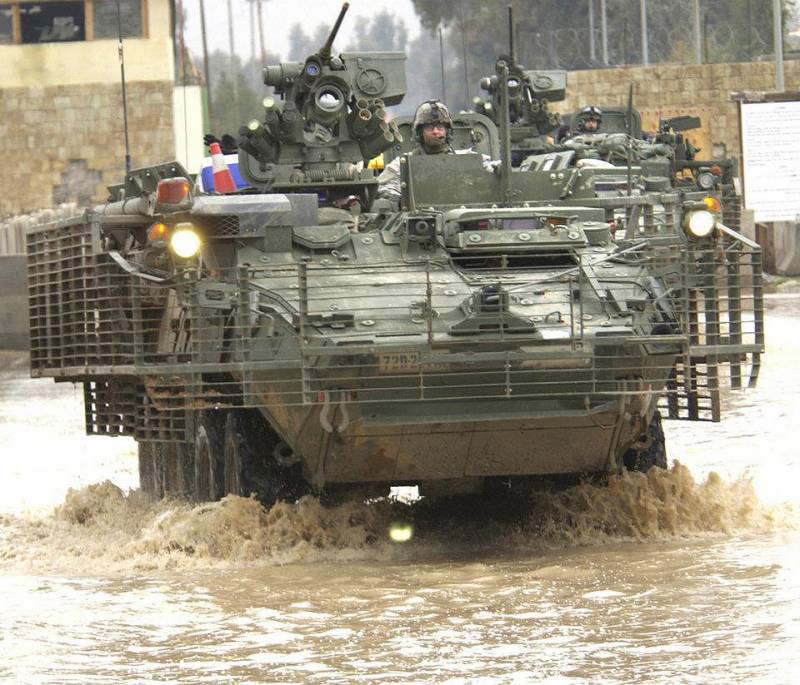
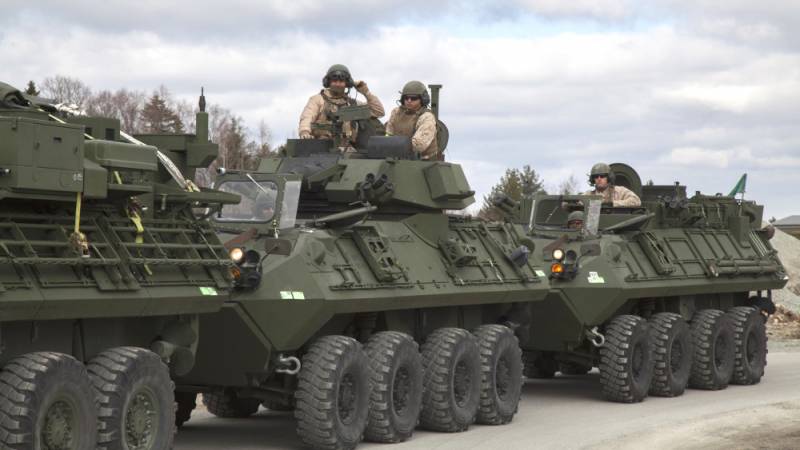
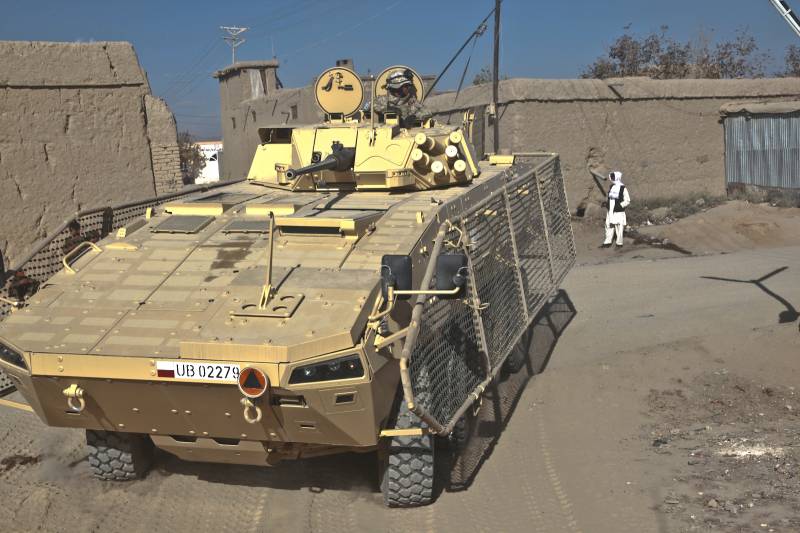
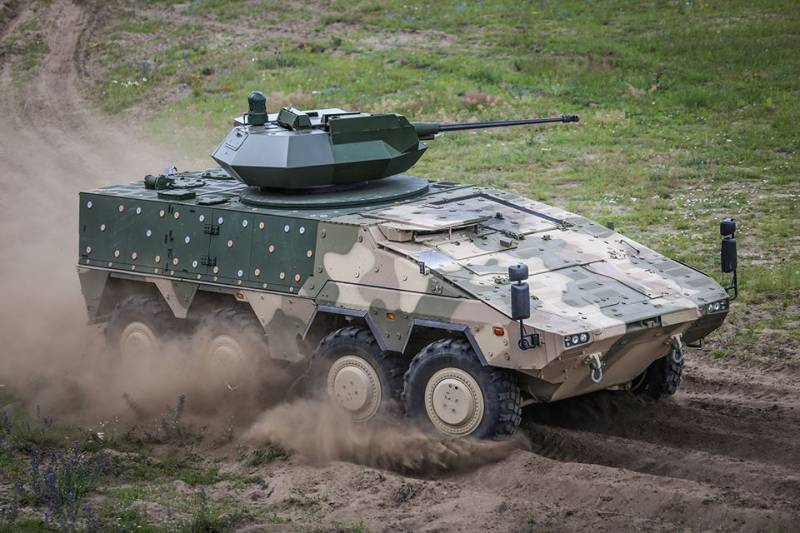
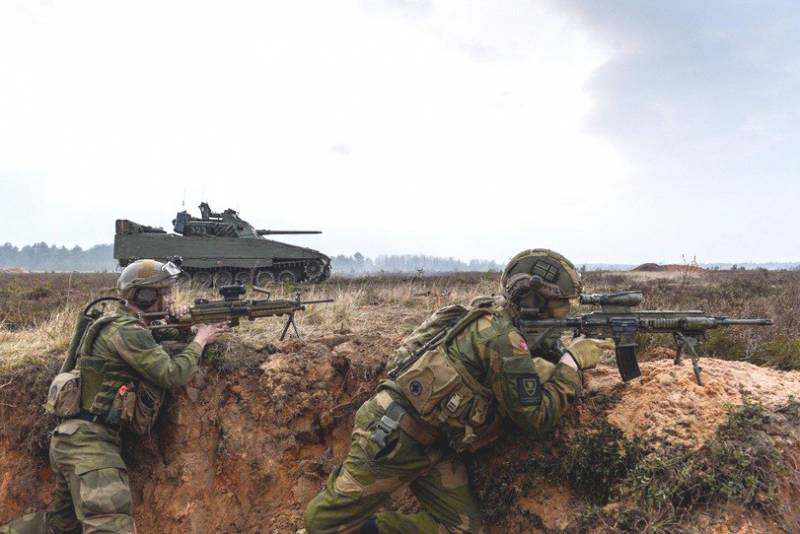
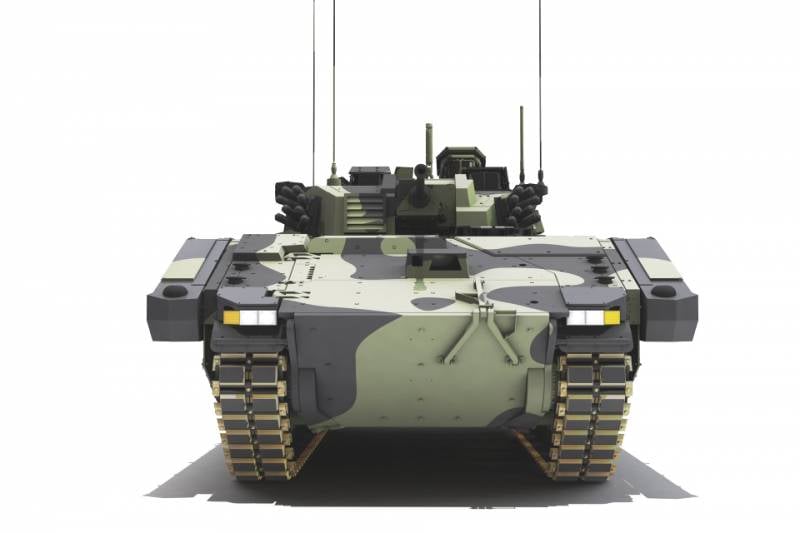
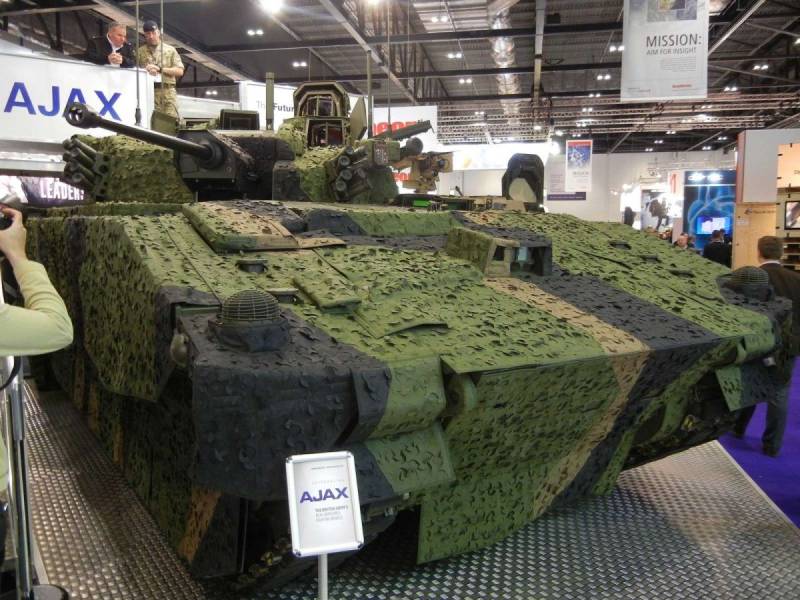
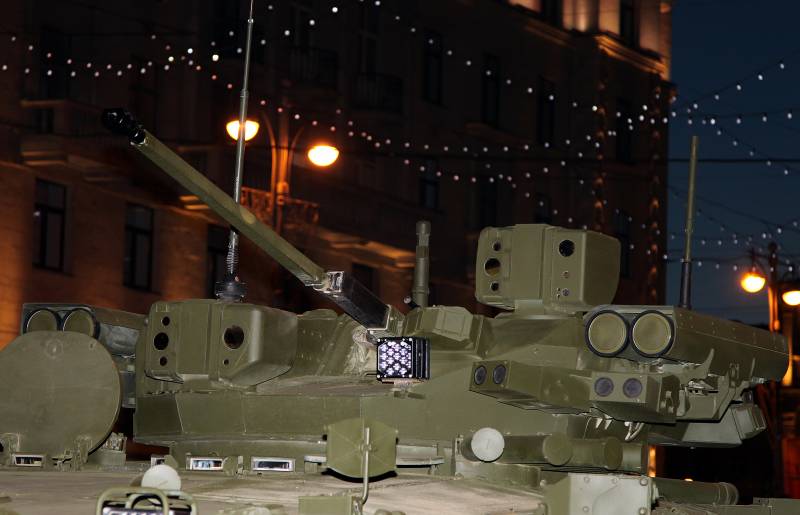
Information